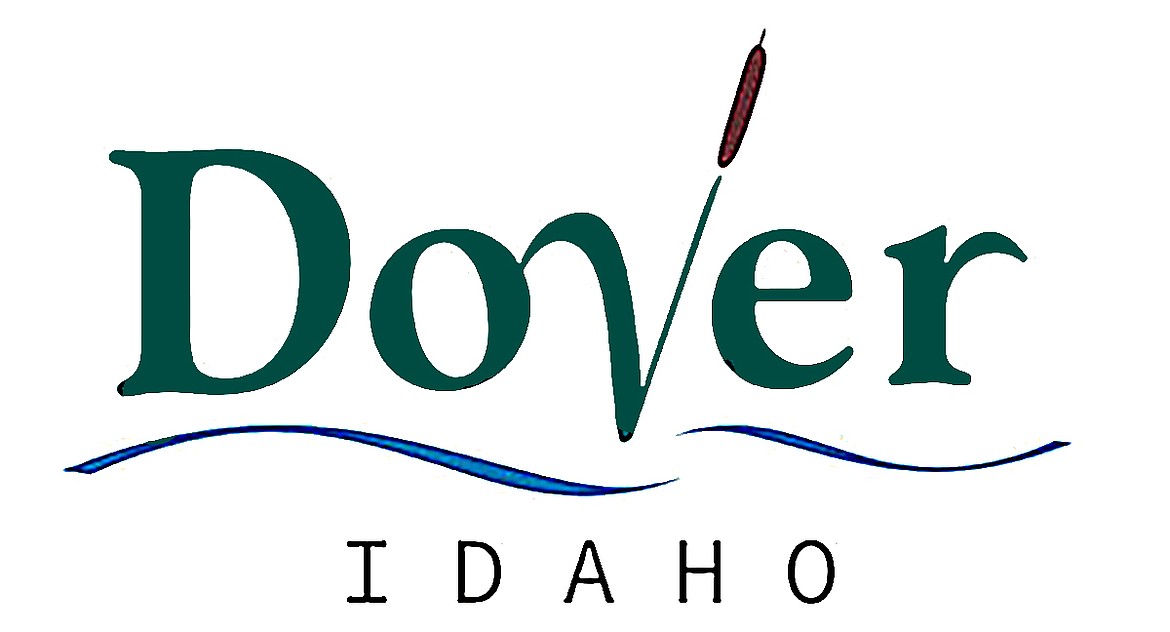Dover gets update on wastewater system
DOVER — City officials got a glimpse of the future of Dover's wastewater facilities collection system.
Brett Converse of JUB Engineers outlined both where the city's system is at and where it needs to go. As part of a status update on the plan, Converse told the council he wanted to give them a look at the methodology he was using to craft the document as well as get their feedback.
"The biggest thing I would like to get out of this meeting, or for you to understand, is how I size those lines for the future and the densities out there," Converse told the council at the January meeting.
The city had hired JUB Engineers to update the master plan for Dover's wastewater facilities collection system. With growth in areas not currently served as well as growth pressure overall, Converse said the plan will help Dover ensure its sewer system can handle that growth.
"You don't want a development that's next to your boundary to put in a 2-inch line when 500 acres are going to be developed just on the other side of that property," Converse said. "Then that 2-inch line is going to have to be upsized to a 6-inch line."
Instead, Converse said the plan helps ensure infrastructure is both planned and built to the appropriate size to serve the city now — and in the future.
Newer sections of Dover, such as Dover Bay, have relatively new systems and are "almost entirely adequately sized" in terms of their sewer lines, with no major improvements needed, Converse said. In the older parts of the city, the sewer system is comprised of gravity collection lines, which are also sized adequately for the most part.
The system is broken into a zone north of U.S. 2 and a second zone south of the highway. The system connects two zones using a combination of pressure and gravity lines, but would need to be updated and would need a pump station to handle future growth, he told the council.
While work on the master plan is ongoing, Converse told the council he wanted to fill them in on where the project is at. He detailed the wastewater facilities collection system, highlighting the different areas and noting where lines might need to be upgraded and potential areas for improvement.
One area might be a "bottleneck" because of the potential for development and the existing lines; another area might need a pump station to ensure the best service and prevent strain on the overall system.
Converse said his goal in talking to the council was to outline the methodology of how Dover might address growth, what size of lines might be needed, and where. The largest area of potential growth is north of the highway, and like the system overall, that area can also be split into two zones, each of which is serviced by public roads without the need to cross that dividing line, complicating the system.
Allowing for things such as density, accessory dwelling units, and the desired rural character, all of which can affect the flow, sewer capacity, and line sizes, and impact the overall system.
"This tells me what size lines you need to plan for, and then, once it's written up into your master plan and a developer or somebody comes in … you would say this is what needs to be done for this development," Converse said.
The plan gives Dover officials a tool to address proposed developments so that the infrastructure matches with the city's needs, Converse said.
Converse told the council that he will now write a draft report to give to the city for Dover officials to review.
"[This update] is to make sure that I'm really not out in left field in what I'm doing," he added.
City councilors told Converse that the plan fits with the city's approach to growth and density.
"I think it's a great approach," council president Kim Bledsoe said. "It's a conservative but realistic approach for the growth that we know could happen."

